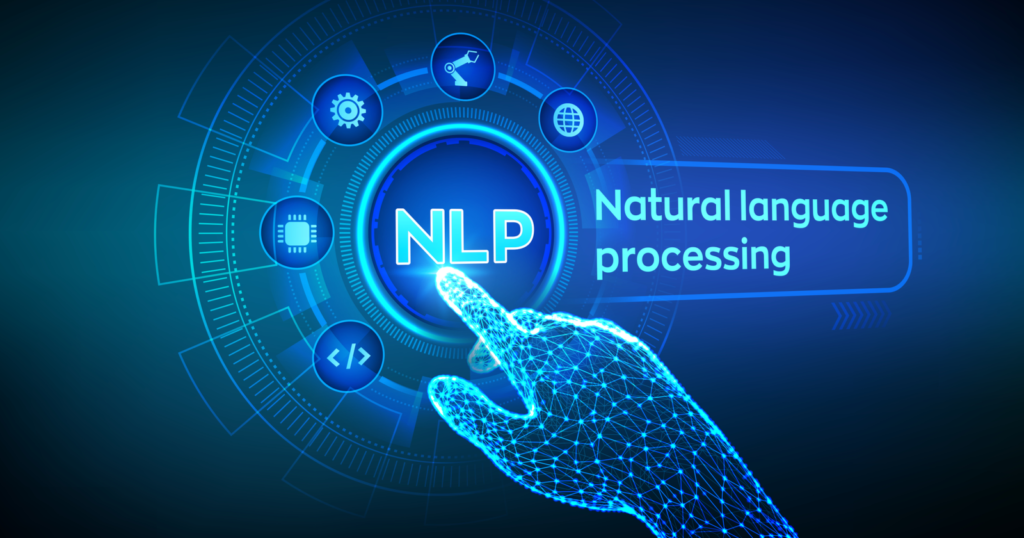Unveiling the Wonders of Natural Language Processing: Bridging the Gap Between Humans and Machines
Introduction:
In the intricate tapestry of technology, few threads are as fascinating and transformative as Natural Language Processing (NLP). At the crossroads of linguistics and computer science, NLP has emerged as a pivotal force, empowering machines to comprehend, interpret, and respond to human language. This article embarks on a journey to unravel the wonders of NLP, exploring its applications, challenges, and the profound impact it has on the way we communicate with our digital counterparts.
Understanding Natural Language Processing:
Natural Language Processing is a branch of artificial intelligence that focuses on the interaction between computers and human language. Its primary goal is to enable machines to understand, interpret, and generate human-like text or speech. NLP encompasses a wide range of tasks, from basic language understanding to advanced language generation.
- Text Analysis and Understanding:
- NLP algorithms can analyze and understand the meaning of textual data. This includes tasks such as sentiment analysis, named entity recognition, and text summarization.
- Language Generation:
- On the flip side, NLP is also involved in generating human-like language. This involves tasks like text completion, chatbot responses, and even the creation of coherent and contextually relevant paragraphs.
- Machine Translation:
- NLP plays a crucial role in breaking down language barriers. Translation models powered by NLP can convert text from one language to another, opening up new possibilities for global communication.
- Speech Recognition:
- Transforming spoken language into written text, speech recognition powered by NLP has applications in virtual assistants, transcription services, and hands-free device interactions.

Applications of Natural Language Processing:
The versatility of NLP is reflected in its myriad applications, permeating various facets of our daily lives.
- Virtual Assistants:
- From Siri to Google Assistant, virtual assistants leverage NLP to understand user queries, provide relevant information, and execute commands through natural language interactions.
- Search Engines:
- Search engines utilize NLP algorithms to interpret user queries and deliver more accurate and contextually relevant search results.
- Customer Support Chatbots:
- NLP-driven chatbots are revolutionizing customer support by understanding and responding to customer inquiries in a natural and human-like manner.
- Healthcare Informatics:
- NLP is used to extract valuable insights from medical records, assisting in diagnosis, treatment planning, and research.
- Sentiment Analysis in Social Media:
- Brands and businesses employ NLP to analyze social media content, gauge public sentiment, and adapt strategies accordingly.
Challenges and the Road Ahead:
While NLP has made remarkable strides, it is not without its challenges. Ambiguity in language, cultural nuances, and the need for vast amounts of training data present hurdles that researchers and developers continue to navigate. Ethical considerations, such as bias in language models, also demand careful attention to ensure responsible deployment.
Looking to the future, the road ahead for NLP is paved with exciting possibilities. Advances in deep learning, particularly the development of transformer models, have significantly improved the performance of NLP systems. The quest for more context-aware, emotionally intelligent, and culturally sensitive language models is driving ongoing research and innovation.
Conclusion:
Natural Language Processing is not merely a technological feat; it is a bridge between the realms of human expression and computational understanding. As we stand on the cusp of a new era in communication, NLP continues to redefine the way we interact with technology. The journey of NLP is a testament to the limitless potential of human-machine collaboration, where the nuances of language are not barriers but gateways to deeper, more meaningful connections.